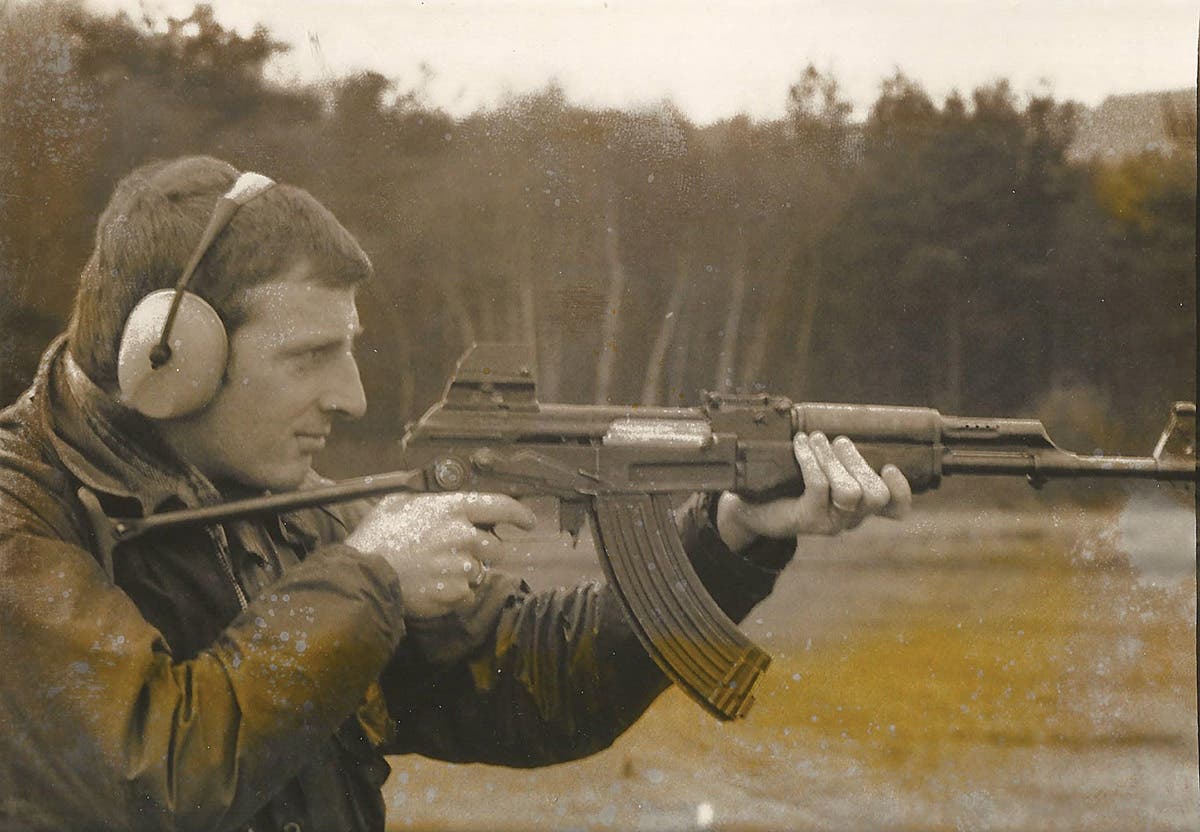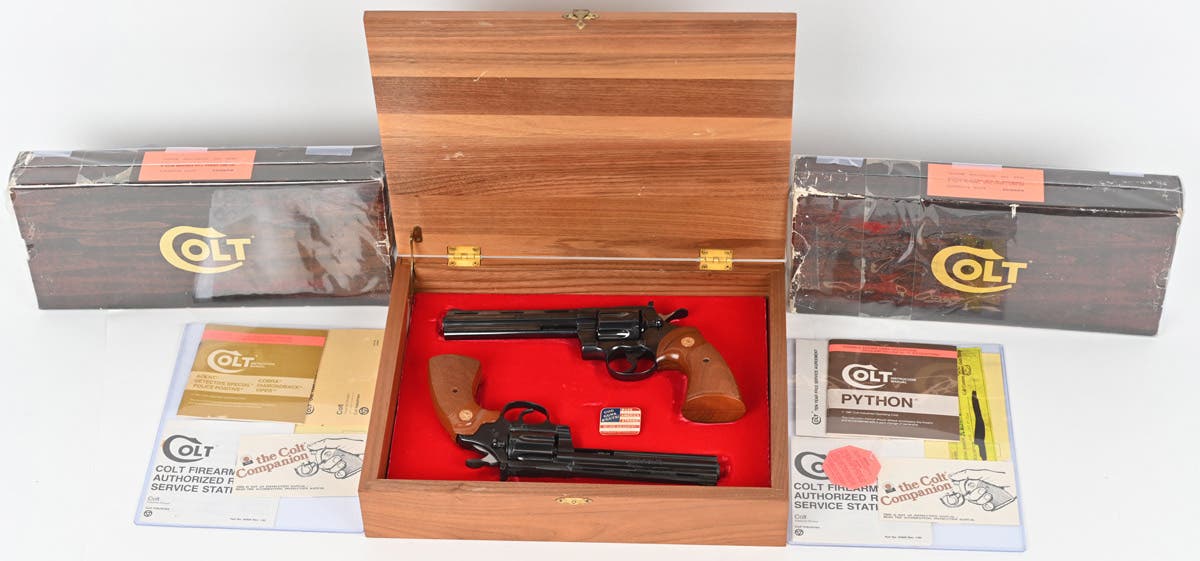Accepting ‘placeholders’ in your collection
To some collectors, the wrong cap (or gasp, a “reproduction”) would ruin the display. The better option would be to display the tunic without the cap. But I’ve come to realize sometimes we need placeholders.
Recently, I was reminded of a word I used to hear a lot, “Placeholder.” It was a term that was used a lot when I wrote about computer software and websites. As I would see the latest software and sites as works in progress, the term was used by marketing managers (usually British with a not quite posh accent) who would explain that the finished version would look better.
“See this here, it is a placeholder. We’re going replace this and make it brilliant,” they’d almost always say.
“Placeholder” was a word I heard a lot at CES, E3, Internet World, Comdex and other tech trade shows. It isn’t one that we think of in military collecting, even if we sometimes need to have a “placeholder” on a shelf or display case.
Recently, a friend was viewing my collectible room and noted the side cap displayed with my Soviet Red Army M43 Gimnasterka (tunic) from World War II. I could tell he saw something was slightly off, and before he asked to take a closer look I stated, “It is post-WWII, it is a placeholder.”
I received a nod and nothing more was said about it.
He was the only one to notice the cap wasn’t “correct,” not that I have a lot of visitors. Yet, that “placeholder” was something I owned before I bought the 1944-dated Gimnasterka at the MAX Show in 2021. It has been more than three years now and I hadn’t made much effort to find the “correct” World War II era sidecap — until the 2024 MAX Show. My stating that it was a placeholder made me actively seek out the correct cap.
Are placeholders acceptable?
To some collectors, the wrong cap (or gasp, a “reproduction”) would ruin the display. The better option would be to display the tunic without the cap. But I’ve come to realize sometimes we need placeholders.
This is true of some firearms, of course. That fact became clear when I sought out the “correct” rifle for my Welsh Guard uniform so that when “he” was standing at attention in my hallway, he would look as if he was transported from outside Buckingham Palace (or other locations around London). As the uniform is dated to the 1990s, it meant “he” would carry the SA80 chambered in 5.56x45mm NATO. Also designated the L85, it has been the standard issue service rifle of the British Armed Forces since 1987 when it replaced the L1A1 Self-Loading Rifle – the British version of the Belgian-made FN FAL.
Do you see the problem? I certainly did.
The SA80 is a “military-only” rifle, and unless a British soldier comes to train in the United States, there likely isn’t a single one in the country. It is a select-fire assault rifle that was introduced after the Firearm Owners Protection Act of 1986 banned the sale of newly-made machine guns and other automatic weapons. To the best of my knowledge, and a not-so-cursory attempt to research the issue, the SA80 has never been offered for police/military sales in the U.S. That means there aren’t even any post-ban dealer sample options for those who have class III licenses. Since I don’t deal in class III firearms, it would be a moot point anyway, but I was curious enough that I did dig into it.
What I found is that there have been some recent SA80/L85 semi-auto builds offered for sale, but those don’t include all the parts, meaning it would be a time-consuming and expensive process to complete the correct firearm. And, it still wouldn’t be a “real” British Army service rifle in the end.
My solution: buy a $50 Airsoft version that looks pretty good from a few feet away. I could probably buy a $500 Airsoft version that gets nearly every detail right including the optics, but the cheaper version is a good enough placeholder. I’ve found that Airsoft guns can fill in nicely for real firearms, and an added benefit is that there is no worry about securing them — for the most part. These are still banned in some communities for too closely resembling the real deal, so check local ordinances please.
I also opted for an Airsoft L1A1 SLR as well, and spent a few hundred dollars on it, which might seem excessive as it doesn’t shoot anything except the little yellow BBs. Yet, as it is made of metal with wood stock and furniture, it looks the part, and another friend who is a firearms enthusiast initially mistook it for a real SLR. He even asked, “How much did you have to spend for a British Army L1A1.” It was only when he pulled the charging handle that he realized it wasn’t the “real deal.”
Museums are filled with such items
As someone who has visited hundreds of museums around the world, I can say I see a lot of placeholders. Sometimes we don’t really know it.
Those dinosaurs we see in natural history museums are often made up of cast replica bones, and even the Tyrannosaurus Rex skeleton in the American Museum of Natural History (arguably the most “complete” example out there) is made up of just 45 percent real fossils. Likewise, plenty of items have also been “restored,” “repaired,” or “refurbished” – and that notably includes many of the military aircraft and tanks we see on display at various institutions.
But few of those items — from the T-Rex in D.C. to the restored Memphis Belle at the National Museum of the United States Air Force — could be considered “placeholders.”
Likewise in the 19th century, it became common in the U.K. and even parts of America for those considered “new money” to buy replica arms and armor. The reason was that there simply weren’t enough originals to fill the new estates and country houses around the UK, and detailed copies were made as placeholders — leading to today’s very collectible “Victorian copies.”
Today, it is simply a matter of perspective, priorities, and personal preference on the role of placeholders.
A replica “Boer War” helmet simply wouldn’t do for me, nor would I settle for a reproduction Brown Bess, yet I was able to live for years with that 1950s-era side cap displayed with the World War Red Army uniform.
There are still placeholders in my collection. I’m not about to spend a small fortune for a L1A1 or FN FAL rifle, and my Airsoft version fills the void quite well. And unlike the placeholder graphics I saw years ago, my placeholders do look “brilliant” — at least to me.
Peter Suciu is a freelance journalist and when he isn't writing about militaria you can find him covering topics such as cybersecurity, social media and streaming TV services for Forbes, TechNewsWorld and ClearanceJobs. He is the author of several books on military hats and helmets including the 2019 title, A Gallery of Military Headdress. Email him and he'd happily sell you a copy!





